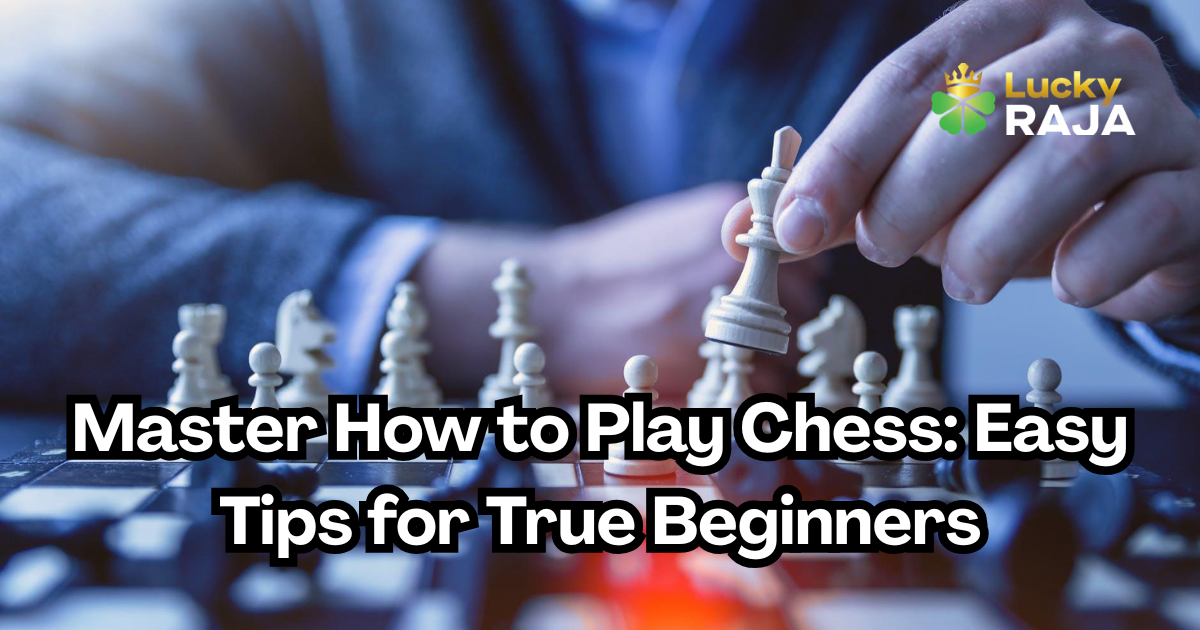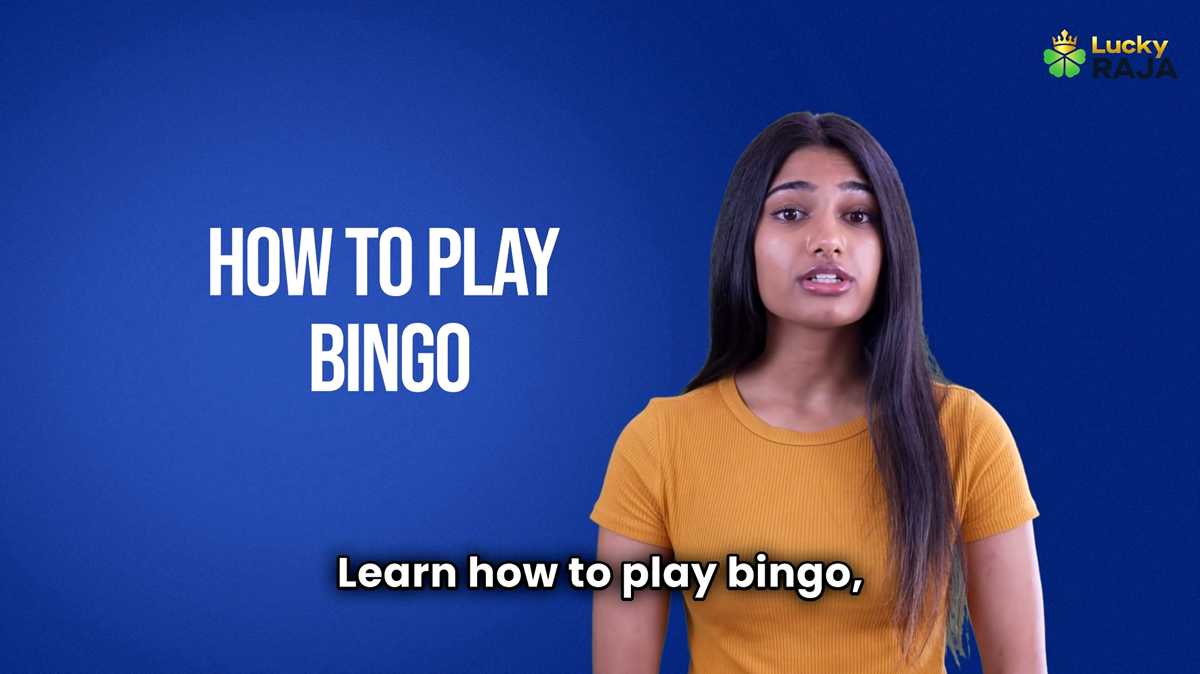Master How to Play Chess: Easy Tips for True Beginners. Chess is one of the most popular and enduring games worldwide. If you’re new and wondering how to play chess, this guide is perfect for you. We’ll walk you through everything from the basics to simple strategies that will help you improve your game quickly and enjoyably.
Chess isn’t just a game—it’s a brain booster. Learning how to play chess helps improve your concentration, logic, and problem-solving skills. Whether you want to play casually or get competitive, knowing how to play chess well gives you a mental edge. It’s also a social game that connects people across ages and cultures, making it a great way to meet others and challenge yourself.
The first step in learning how to play chess is getting familiar with the board and pieces. The chessboard has 64 squares, arranged in an 8x8 grid of alternating colors.
Each player begins with 16 pieces:
- 1 King
- 1 Queen
- 2 Rooks
- 2 Bishops
- 2 Knights
- 8 Pawns
Each piece moves differently, and understanding this is vital when learning how to play chess.
| Piece |
Movement |
Value |
| King |
Moves one square any direction |
Most important |
| Queen |
Can move any number of squares in any direction |
Highest value |
| Rook |
Moves any number of squares horizontally or vertically |
Strong |
| Bishop |
Moves diagonally any number of squares |
Moderate |
| Knight |
Moves in an “L” shape: two squares in one direction and then one square perpendicular |
Unique |
| Pawn |
Moves forward one square; captures diagonally |
Weakest |
- The main aim is to trap your opponent’s king in checkmate.
- Players take turns, moving one piece per move.
- To capture an opponent’s piece, simply move your piece onto the square it occupies.
- Special moves like castling, en passant, and pawn promotion can change the game’s outcome.
Controlling the center squares gives you more mobility. As you begin learning chess, make it a priority to move your pawns and pieces toward the center of the board early in the game. This control allows you to launch attacks and respond to threats more effectively.
Don’t move the same piece repeatedly during the opening. Instead, bring out your knights and bishops quickly, so they have active positions. Proper development helps you maintain balance between offense and defense, an important skill in how to play chess.
Castling is a special move that helps protect your king and connect your rooks. Learn how and when to castle—it’s crucial in how to play chess strategies. Castling early enhances your king’s protection and positions your rooks to dominate open files.
Try to anticipate your opponent’s responses. Practicing this will improve your skills in how to play chess by avoiding traps and setting up your own attacks. Visualizing future moves is what separates beginners from experienced players.
Many beginners overlook the endgame. Learning common checkmate patterns and pawn endgames is essential when mastering how to play chess. Knowing how to convert a small advantage into a win can make all the difference.
- Moving pawns too much without developing other pieces.
- Forgetting to castle early.
- Overlooking your opponent’s threats.
- Losing pieces due to careless moves.
Avoid these to improve your game faster.
| Feature |
Beginner Style |
Advanced Style |
| Opening Moves |
Simple pawn pushes and basic development |
Complex openings with strategic planning |
| Center Control |
Focus on occupying the center with pawns |
Using pieces to control and influence the center |
| King Safety |
Early castling |
Prophylactic moves to avoid threats |
| Piece Coordination |
Individual piece attacks |
Coordinated attacks and defenses |
| Endgame Knowledge |
Basic checkmates |
Deep study of multiple endgame positions |
- Play often to get comfortable with different scenarios.
- Review your games to learn from mistakes.
- Solve chess puzzles to sharpen tactics.
- Watch videos or tutorials to understand concepts.
- Join a chess club or online community for experience.
- Keep a chess journal to track your progress and write down lessons learned after each game.
Learning how to play chess is easier now with technology. You can practice on apps, websites, or with friends offline. Both ways help you sharpen your skills and enjoy the game. Online play also offers access to puzzles, tutorials, and ranked matches which can accelerate your learning curve. Additionally, many platforms provide analysis tools to break down your mistakes and suggest improvements, making your learning more efficient.
Learning how to play chess is a fantastic journey that enhances your mind and provides endless fun. Focus on the basics, practice regularly, and gradually build your strategies. Soon, you’ll find yourself confidently making moves and winning games. Remember, every great player started as a beginner. Start today, and enjoy the amazing world of chess!
The main objective is to put your opponent’s king in checkmate, which means the king is under direct threat and cannot move to safety.
Each piece moves differently: the king moves one square in any direction; the queen moves any number of squares vertically, horizontally, or diagonally; rooks move along ranks or files; bishops move diagonally; knights jump in an “L” shape; and pawns move forward but capture diagonally.
Focus on controlling the center early on, develop your knights and bishops quickly, castle your king to protect it, think a few steps ahead, and practice common endgame techniques.
Castling helps to safeguard your king by moving it to a safer spot and also connects your rooks, which allows them to control important parts of the board.
Play regularly to gain experience, review your games to learn from mistakes, solve tactical puzzles, watch tutorials, join chess groups or online communities, and keep notes on your progress to track improvement.








__1749805055-0.png)








